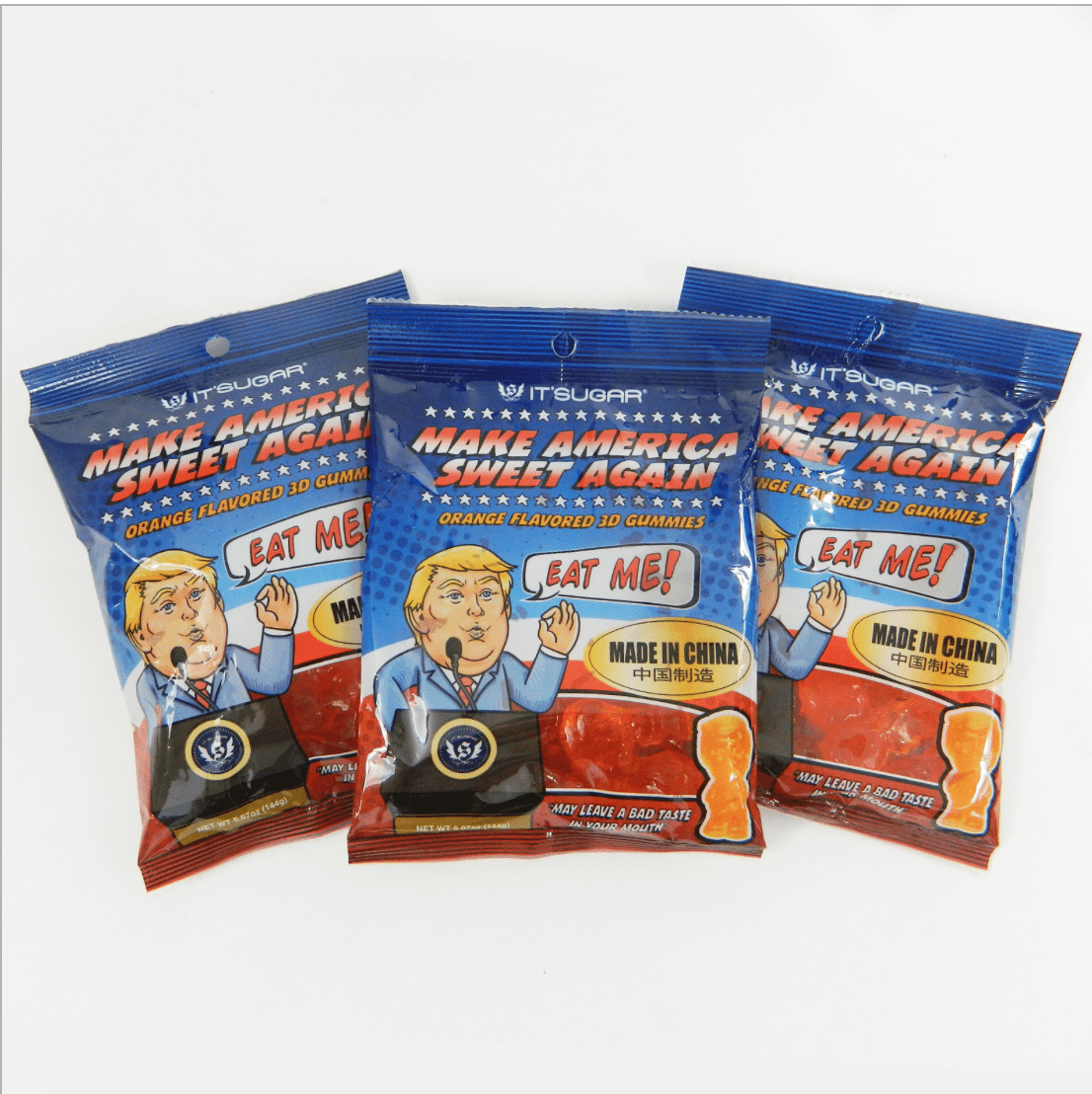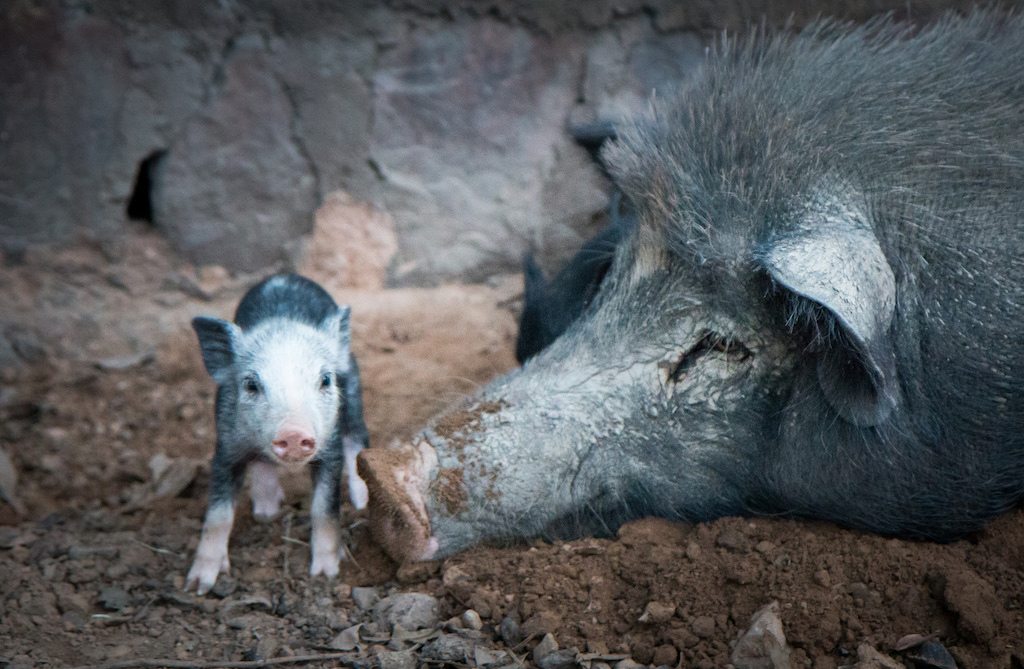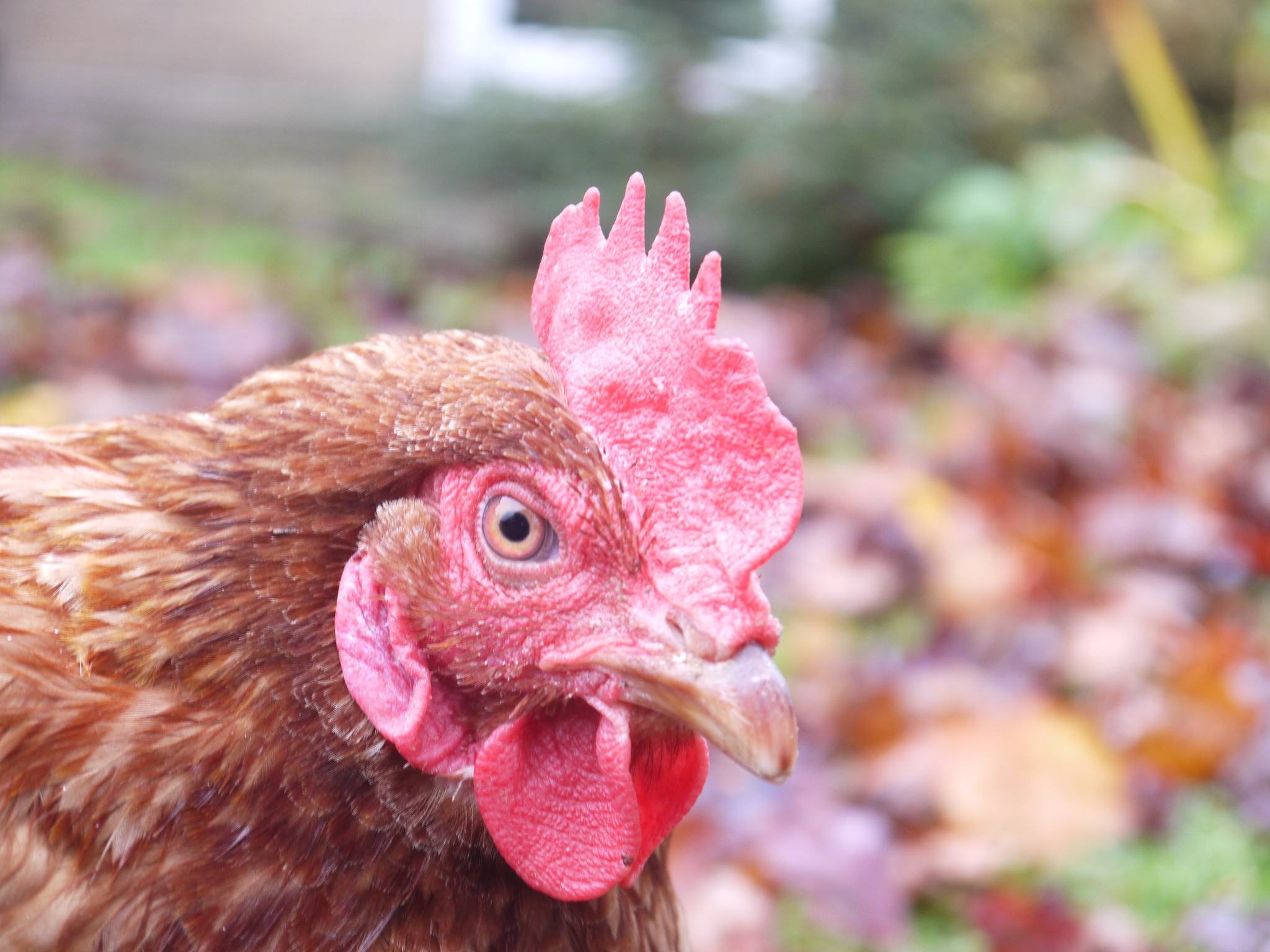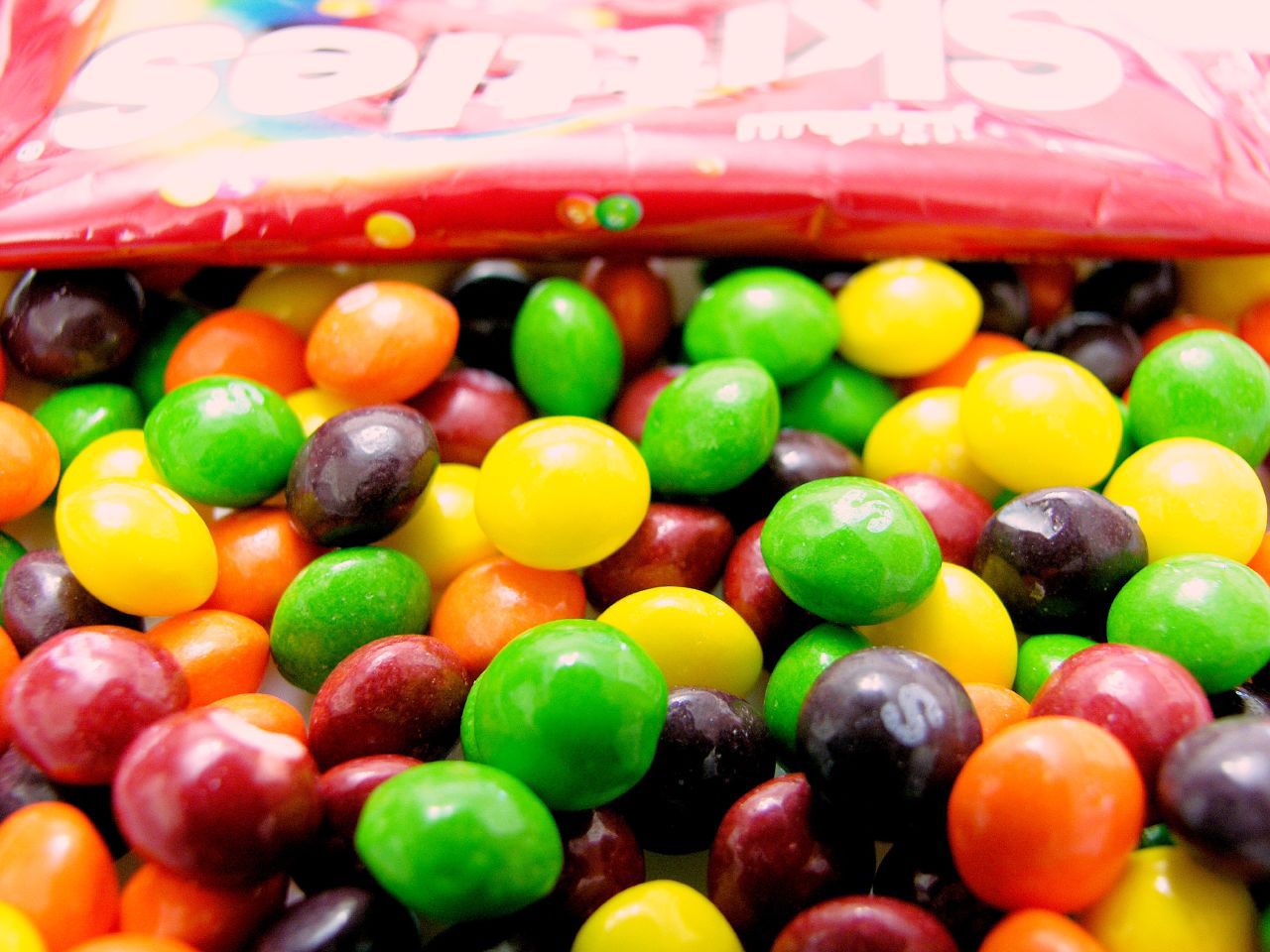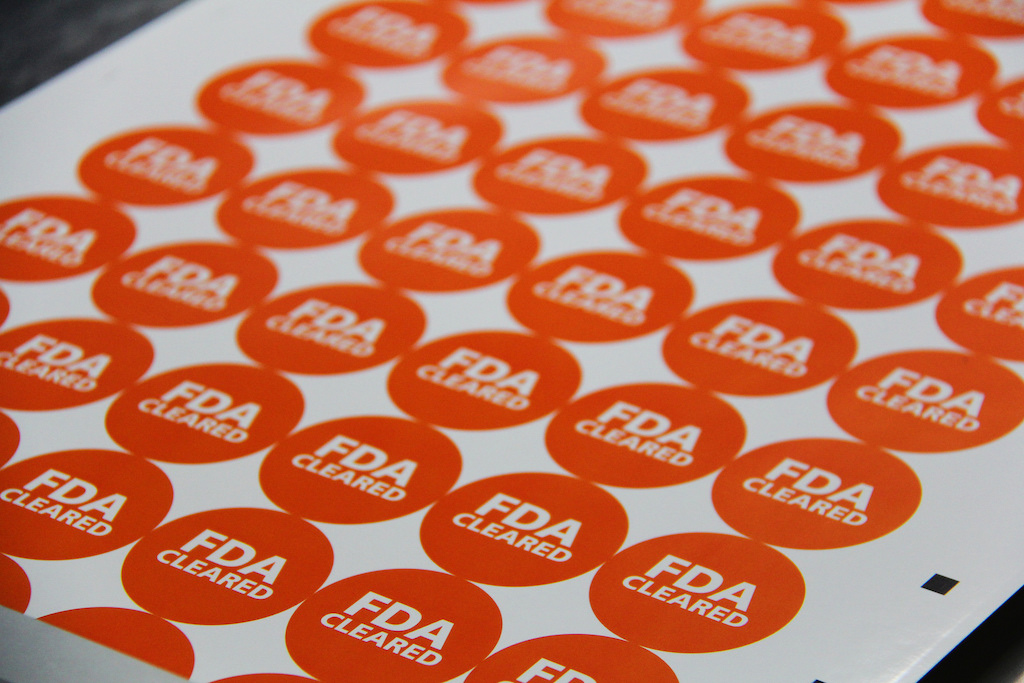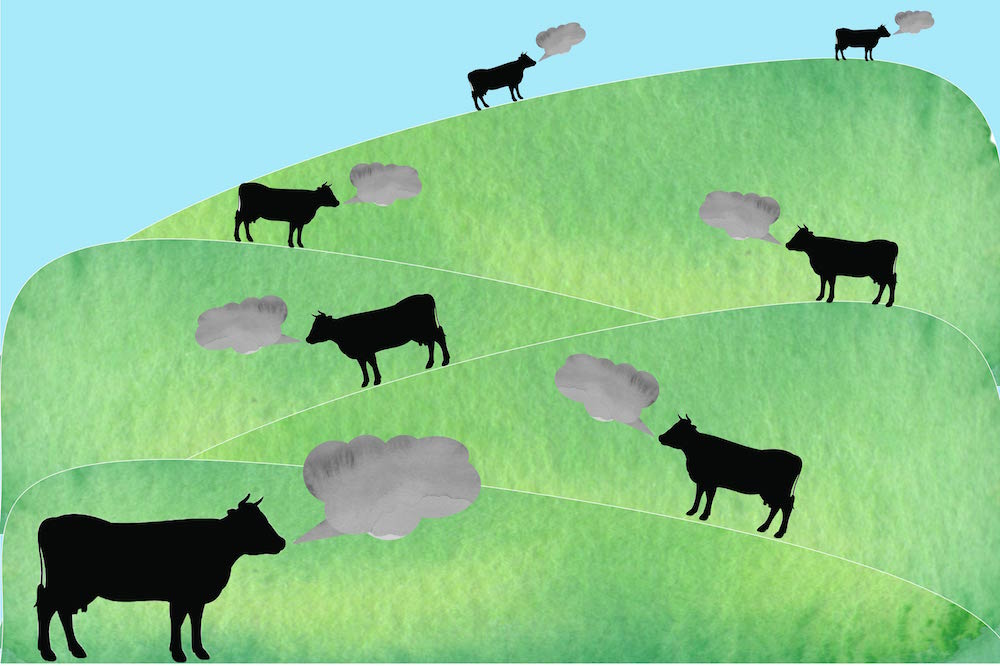
Claire Brown
I have to confess I’m completely delighted by New York magazine’s hilarious new feature “The Neurotic Eater’s Grocery List” in which authors Nick Tabor and James D. Walsh positively wallow in every bad thing they can discover about every kind of food they can think of. Salmon are loaded with drugs, slaves harvested your shrimp, cabbages know you’re about to eat them, apples are on the brink of extinction, and avocados are ruled by drug cartels. There’s absolutely nothing you can eat that isn’t bad for you, bad for the environment, or cruel to animals, people, or both.
Did I mention it’s hilarious?
That probably requires some explanation. It’s true that the article points out numerous problems with the food system—lack of transparency, fraud, dangerous additives, ghastly labor practices. They’re all real, and many of them really ought to be dealt with. But take them all together, with no sense of proportion, no thought about tradeoffs that might need to be made, and a charming willingness to indulge in hysteria, and you’ve got a classic reductio ad absurdum: If you’re conscientious and cautious, you really need to stop eating at all. (To be fair, the authors frequently suggest local and organic alternatives. But the recommendation smacks more of exhaustion than enthusiasm—they sound like they didn’t want to do the extra work to trash organic, or maybe they were just getting depressed.)
It may be sad, but it’s funny. And the joke, unfortunately, is on you—the conscientious, caring, trying-to-make-things-better food movement. I don’t want to be the one to break it to you, but there are people out there who think you should all lighten up.
They’re wrong, but not entirely. The fact is that there isn’t a simple solution to the food system’s ills. We’re not going to fix everything all at once. Some things are going to be stubbornly unfixable. And persuading people that they should be afraid of food isn’t the way forward. In the long run, we need an agenda for improving food. It’s actually okay if the list includes every edible item on the planet. They just can’t all be in first place.
So try this: Read “The Neurotic Eater’s Grocery List.” Accept that part of the intention is to make fun of you. Then look at the various problems the article chronicles, and try to sort them out into important, not important, urgent, not urgent, fixable, not fixable. Be practical. If you’re concerned about food fraud in fisheries, you have to accept that you’re not going to stamp it out any time soon. The same probably goes for child labor in faraway places. There are just too many opportunities to cheat and no real urgency across the supply chain to make things better.
Chemicals? You’ll set your own standard, but I’d suggest this: Documented harm at ordinary dosages should get a higher priority than theoretical harm. Dead people now trump the possibility of cancer at some point in the distant future.
I don’t mean to imply that it will be easy to set priorities, especially because any attempt to cure the problems of the food system almost automatically crosses lines between health, poverty, justice, and ecological soundness. Take, for example, an issue on Tabor and Walsh’s list that I’ve become increasingly interested in: Methane emissions from meat and dairy cattle.
 Claire Brown
Claire Brown It’s not necessarily the easiest issue to get people to take seriously. The “cow fart” jokes come far too easily. (And inaccurately, since most bovine methane escapes in the form of belches rather than farts.)
Is it important? I’d argue yes, if you accept the idea that reducing greenhouse gas production is a good way to use our resources. (Which is not quite the same thing as accepting the idea that greenhouse gases have caused climate change.) Methane, according to current thinking, is 25 times as potent as carbon dioxide in creating the greenhouse effect. An average cow releases about 150 kilograms of it each year, and there are roughly 100 million cattle in the United States. It is thought that about a quarter of methane emissions in this country come from cattle. (For a useful roundup of the issue see this article from Science News.) That sounds like a big enough issue to merit attention sooner rather than later.
Is it fixable? This is the other area where it’s difficult to get people to focus. Don’t cows just belch naturally? Yes, but not nearly as much as the typical dairy cow does under today’s large-scale dietary practices. Cows are designed to digest naturally growing grasses and legumes. Their stomachs and the enzymes they produce are designed to extract nutrition from that mix. But that’s not what we generally feed cattle. As production ramped up, farmers found it necessary to shift to faster-growing rye grass, which cattle have a much harder time digesting. The resulting microorganisms in cows’ stomachs have to work harder, producing loads more methane.
What this all means is that there are multiple avenues for reducing cow methane emissions. We can change their diet (as a number of experimenters have already tried doing with mixed but promising results). We can create dietary supplements. (Think of Beano for humans, which is designed to solve a fairly equivalent problem involving beans rather than grass.) We can trap the methane—a reasonably valuable substance in its own right. (My favorite approach is a backpack-like device that sits on cows’ backs and sucks in methane.) What I like about this issue is that it targets a high-impact problem with multiple potential solutions and there are even a few dollars kicking around as an incentive.
And what’s in the column against methane emissions being a serious issue? Well, the usual stuff—climate change denial, deep (and frequently justified) distrust of government initiatives, and science that probably strains the capabilities of too many voters.
So does it make the priority list or not? It’s not my call, but it’s a call that needs to be made. Why? Go back and read the article again. It would help if it made you laugh. Because the harsh truth is that a food movement that can’t choose to focus on a few achievable goals rather than fretting about the whole world at once isn’t likely to produce good results. As Tabor and Walsh make clear, that kind of movement is really more of a joke.



